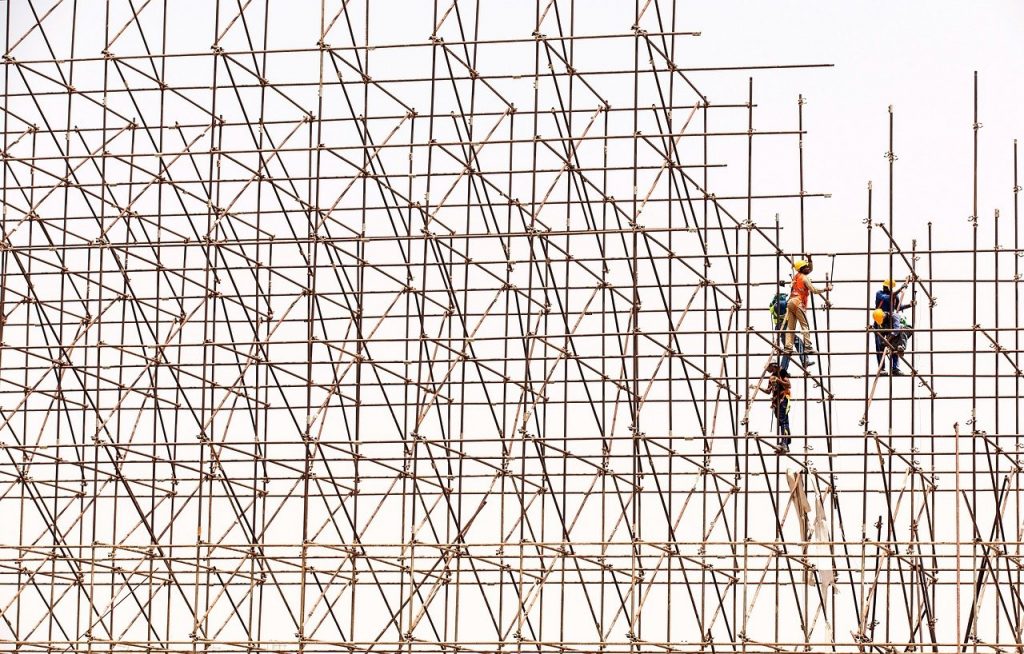
What is Metal Scaffolding?
Since the very beginning of human civilisation, the desire to build tall buildings has always been around. Looking back at the people of ancient Egypt and the pyramids, it is thought that they used some form of timbers scaffolding to complete these projects.
Wooden scaffolding was actually used quite widely up until 1922. It was about this time when metal tubes, made from steel, started to become the most popular types of scaffolding and Modular scaffolding services emerged.
Today, tube scaffolding is regarded as the industry standard, and has been this way since the 1950s. It will not compromise under heavy amounts of weight, even though it is a very lightweight material. Tube scaffolding is easy to assemble, especially since it does not require any bolts or nuts. The metals that are used for scaffolding are either aluminum or steel.
Steel scaffolding is known for its durability and incredible strength this is also material that is somewhat flexible and will not develop cracks. It can support heavy loads, and workers will be able to easily move it from one location to the next. If you are working at a tall structure, the steel that is in the material is going to be at a nominal structural strength.
Why Aluminum Scaffolding Should Be Your Top Choice
When you compare metal scaffolding with that which we had before, this can be beneficial in regard to traveling to remote locations or locations that are extremely high. Diagonal bracing is the key to its overall stability, and will likely remain that way for many years to come.
When using scaffolding made of metal, there are three basic elements:
- Standards
- Ledgers
- Transoms
The standards are represented by tubes that are vertical which will placed in upright position. They are capable of transferring the enormous amounts of weight that the structure is supporting, and this is based upon the square base plate upon which the entire load will spread.
The ledgers are represented by horizontal tubes that are able to hold everything in place.
The transoms are also horizontal pieces by design, and are made to provide additional support for every single layer of the scaffolding.
Metal Scaffolding Applications
Used during construction projects, as well as repair and maintenance projects, it plays a very important role. It is often used when constructing buildings that are in remote or high locations.
Metal scaffolding can be made in a variety of formats, and it just depends on what project you are working on.
The most common type is supported scaffolding. It is made from the ground up and is also seen at construction sites. It’s very easy to use, and is also safe and convenient to use, plus it is very cost effective. The extra support that it can provide is very useful, particularly when transporting heavy loads.
Suspended scaffolding is going to be suspended of high, typically from the roof of a building or home. It is a great option when there is not very much room to construct the base, or when you are limited as to how you will brace the upper levels of the scaffolding.
Rolling scaffolding is very similar to supported scaffolding. The primary difference is that it does incorporate some form of castor wheels or a base, and it will allow you to be mobile. This is a great option if you are moving this throughout the length of the building. It is essential to always lock the wheels prior to climbing up use this apparatus.
Metal Scaffolding Materials
These materials include:
- Tubes
- Couplers
- Decking or Boards
Tubes are going to be made from aluminum or steel. This is typically hot rolled. There are certain circumstances where overhead cables can present a risk, and they may also be made from a polyester matrix or some type of glass fiber material.
